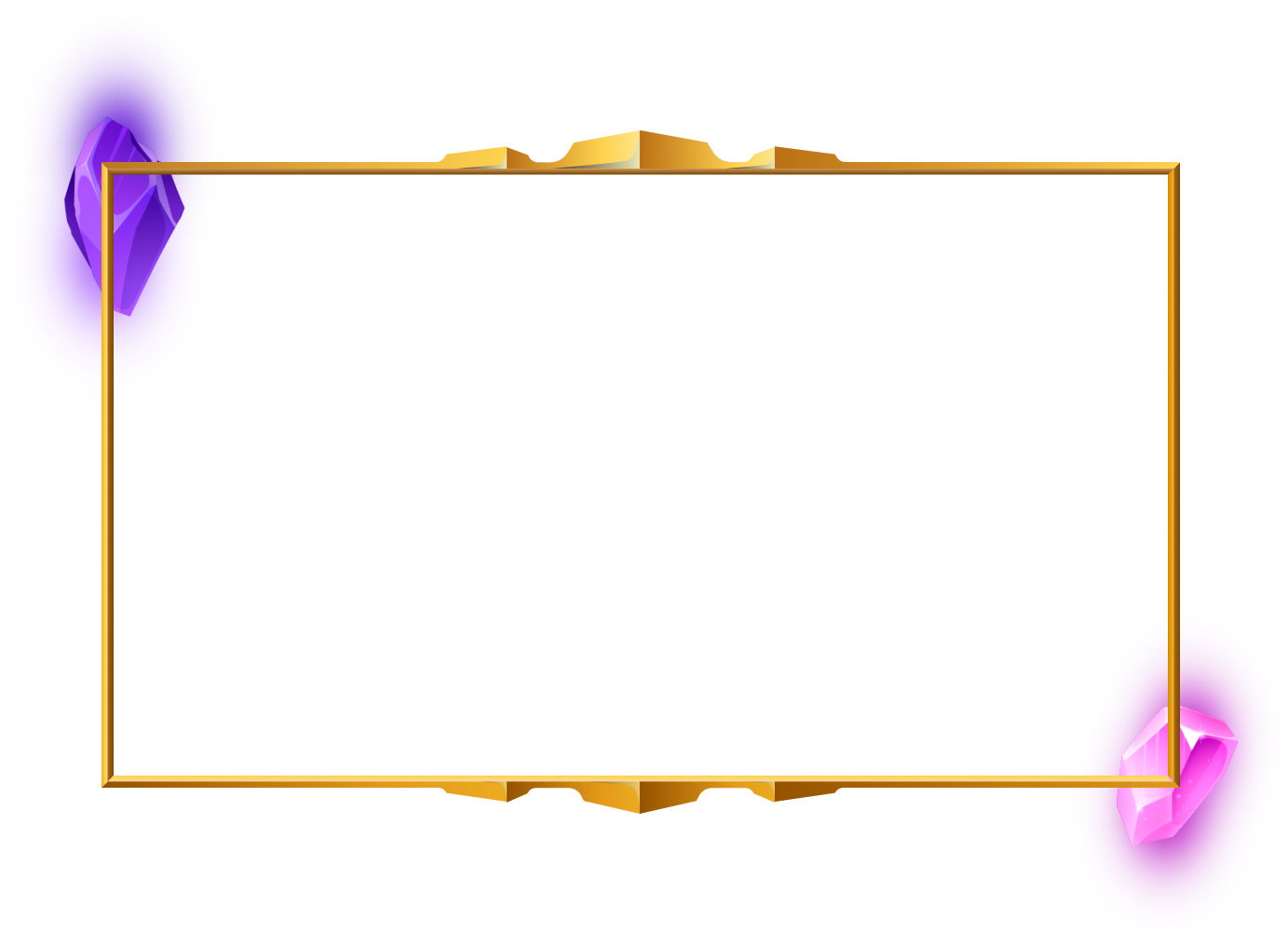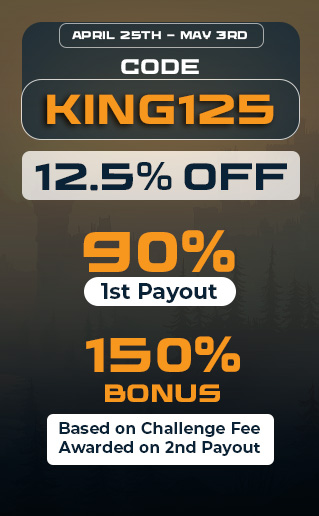Forex trading can be both thrilling and lucrative. But it also comes with risks. To navigate the world of trading successfully, you’ll need a well-thought-out trading strategy and an understanding of the different types of traders. One such approach is called swing trading.
What makes swing trading an effective tool for beginners? Day trading (where traders open and close positions on the same day) is quite fast-paced. But swing trading is slower. This means beginners have more time to assess the market and understand the direction of the trend. Swing traders also keep their trades open for a few days to several weeks.
Swing trading is a valuable tool to have in your trading arsenal. Let’s look at the basics and explore how it can help you achieve your trading goals.

What Is Swing Trading, and How Does It Work?
Day trading is short-term, while investment is long-term. But swing trading lies in between. It’s an intermediate-term trading strategy, as traders hold their positions for at least a couple of days.
Swing traders rely on technical analysis to understand the historical trends of a currency pair’s performance. This data can then be used to understand how prices may move in the future.
How Does Swing Trading Work?
To become a swing trader, first select a currency pair and the session you’re comfortable trading. There are four trading sessions that cover the globe:
- New York: 8 a.m. to 5 p.m. EST
- Tokyo: 7 p.m. to 4 a.m. EST
- Sydney: 5 p.m. to 2 a.m. EST
- London: 3 a.m. to 12 p.m. (noon) EST
Upon selecting the session and currency pair, you’ll then need to study daily, weekly, and monthly price charts to analyze trends. Swing traders rely heavily on technical analysis. You’ll need to examine price charts with technical tools such as support and resistance levels, Moving Averages, and Relative Strength Index. You can then assess the market’s current state and try to predict future price movements.
These indicators give swing traders an idea of where the price is likely to reverse or make a significant move. Swing traders aim to enter positions near these points to make a profit.
Getting Started
To get started with any kind of trading, you must understand the financial market thoroughly. For instance, learn everything about the currency pair you wish to trade. Stay up-to-date with financial news and economic indicators.
You’ll also need to learn different kinds of technical indicators. This will help you analyze price charts and identify whether the market is in a bullish (uptrend) or bearish (downtrend) trend. There are numerous online resources that can help you learn the fundamentals.
Finally, practice first with a demo trading account. This will help you learn without risking real money.

What Are the Types of Swing Trading Strategies?
There are several types of strategies that can yield medium- to long-term gains. Let’s look at five common swing trading strategies:
- Trend Following: Traders identify and ride market trends. They follow the principle that a price movement tends to persist in the direction of the prevailing trend. The key is to hop on the trend as early as possible. You’ll need to master indicators such as Moving Averages to confirm the direction.
- Breakout Trading: The market moves within support (lower point) and resistance (higher point) levels. This is called a “range.” But when prices break this range, it’s called breakout trading. Basically, the price starts rallying. To identify whether the breakout is strong or a false signal, use technical indicators like Bollinger Bands or Relative Strength Index (RSI).
- Pullback Trading: Buyers and sellers try to push the prices in opposite directions. So, even if the trend is bullish, you may notice temporary pullbacks or corrections. These are small price reversals that offer a good opportunity to enter the trade. Use Fibonacci retracement levels to assess pullbacks.
- Reversal Trading: Reversal traders enter positions in the opposite direction of the prevailing trend. This is a risky strategy, so be sure to put in tight stop-loss orders.
- Momentum Trading: This strategy is all about riding the momentum. Swing traders who follow this strategy typically use shorter holding periods and try to capture quick gains.
Best Markets and Instruments for Swing Trading
Swing trading works on any kind of instrument, be it stocks, commodities, or Forex. When choosing your instrument, keep these factors in mind:
- Liquidity: Choose an instrument that has ample liquidity. The term “liquidity” means how easy or difficult it is to liquidate your position without significant price slippage. High liquidity means you can easily enter and exit trades.
- Volatility: Swing trading thrives on price swings. Forex pairs like EUR/USD and GBP/JPY are considered volatile. This means you’ll see plenty of highs and lows in the charts, giving you lots of opportunity to take a swing trade.
- Trading Costs: Be mindful of trading costs such as spreads. “Spread” is the difference between the bid price (the highest price a buyer is willing to pay) and the asking price (the lowest price a seller is willing to accept). Other costs to consider are commissions and overnight financing charges. Also, be sure to compare costs across different brokers.
In addition, it’s important to choose the swing trading platform best suited for you:
- The Funded Trader
- IC Markets
- RoboForex
- eToro
- Forex.com

How To Get Started on Swing Trading: Tips and Best Practices
Use these tips and best practices to implement swing trading effectively:
- Define Your Trading Goal: Set a specific, measurable, and realistic objective to help you maintain focus and discipline. This should include profit targets, annual returns, and growth milestones.
- Risk Tolerance: Don’t trade without first defining your risk tolerance. Determine how much capital you’re willing to risk on each trade. This will help you keep your emotions under control.
- Capital Allocation: Never risk more than 1–3% of your total capital on each trade. Also, diversify your capital across multiple trades to spread the risk and reduce the impact of losses.
- Set Entry and Exit Rules: Set specific conditions for entering a trade, take-profit levels, and stop-loss levels. If you follow these rules consistently, you’ll have a systematic and disciplined approach to each trade.
- Continuously Evaluate Your Performance: Keep a trading journal to record each trade’s outcome, entry/exit points, and reasoning. Over time, you’ll be able to see a pattern in your trades and understand your mistakes.
- Master the Psychology: Emotional control is very important for trading. So, be patient while you wait for optimal trade setups. Resist the impulse to chase trades. Practice mindfulness to avoid taking excessive risks based on greed and fear. View losses as opportunities to learn.
Find Your Best Trading Strategy With The Funded Trader
Swing trading can be an excellent tool because it’s both flexible and adaptive. But any kind of trading is risky, and swing trading has some unique drawbacks. The biggest con of this trading tool is the overnight risk. Swing traders hold positions for several days, which increases the risk of market gaps due to unexpected news or events.
Another drawback is that many new traders may mistake false signals for trends. It takes substantial practice to understand how trends emerge.
Overall, swing trading has a learning curve. You’ll need to devote time to both market analysis and monitoring. Hundreds of traders use swing trading to generate profits with The Funded Trader (TFT). Try one of our challenges today to become a funded swing trader.


























